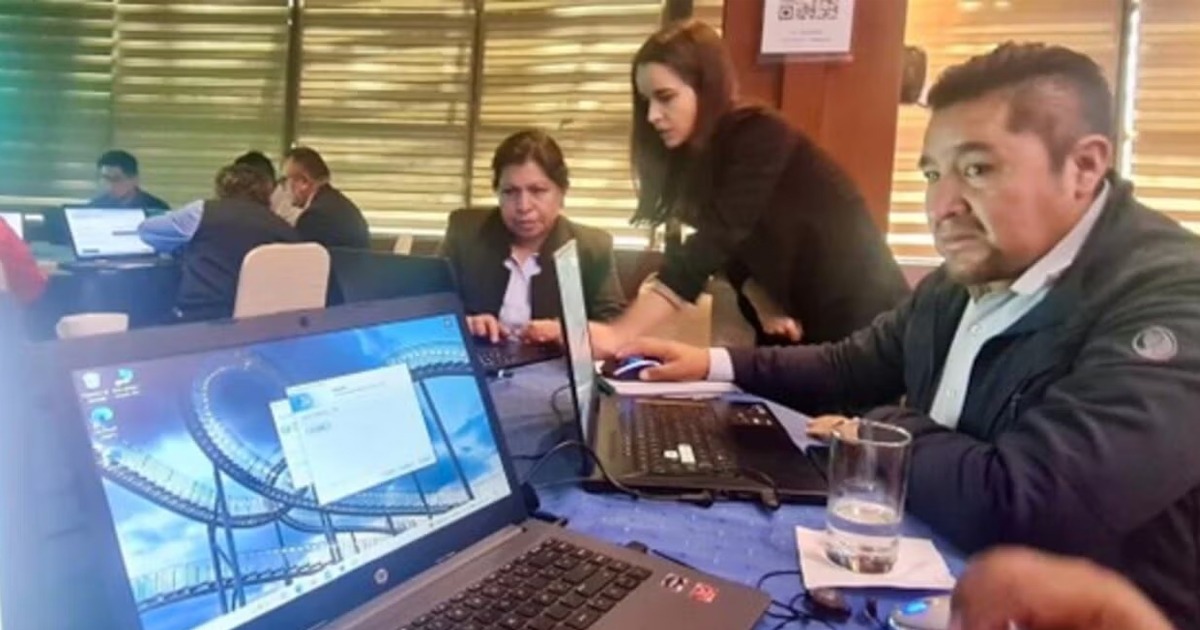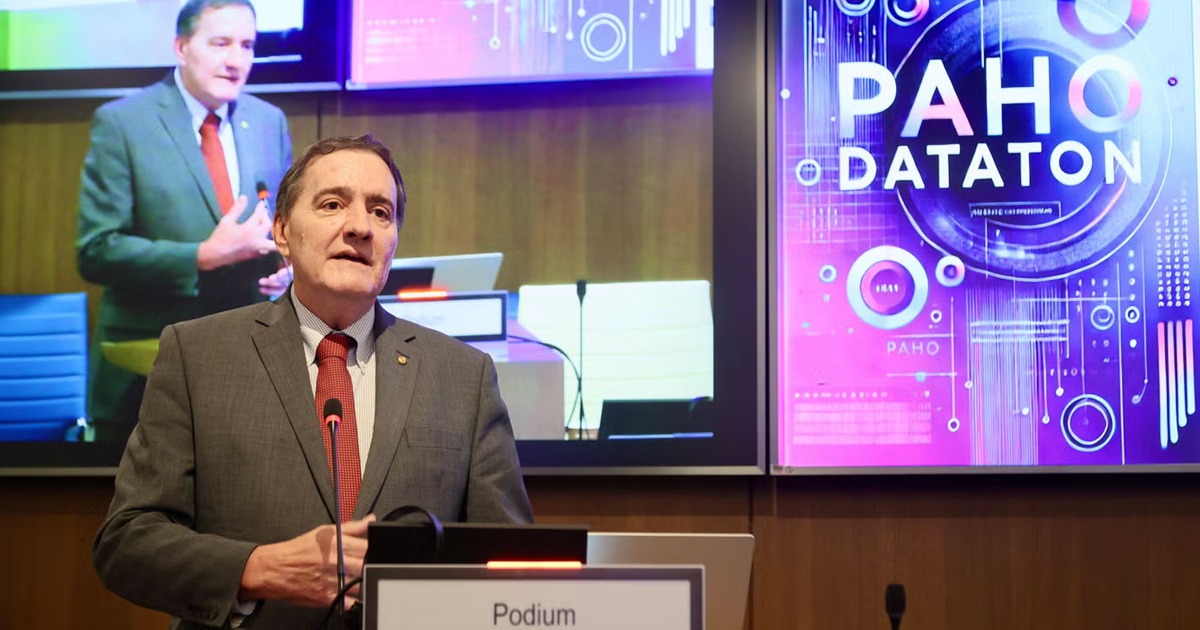In a study conducted by the Telemedicine Unit of the Ministry of Health of Paraguay, they assessed the usefulness of telemedicine application in universal coverage in health services
The Ministry of Public Health and Social Welfare of Paraguay (MSPBS), and the Department of Biomedical Engineering and Imaging of the Institute of Science Research (IICS), published the article "Application of disruptive technologies in telemedicine for universal coverage of health services" which addresses the importance of the application of technologies in telemedicine to facilitate accessibility to technologies to remote populations without access to specialists.
The objective of this study was to assess the usefulness of the application of disruptive technologies in telemedicine for universal health coverage between January 2014 and September 2019. As for the method used for the analysis, they opted for an observational and descriptive design that included 540.397 patients, i.e. the same number of remote diagnoses, these were performed through the diagnostic tele diagnostic network implemented in 67 hospitals belonging to the MSPBS.
The premise of this research is to measure the usefulness of the application of telemedicine to reduce gaps within the health care of remote populations of Paraguay. To perform the observational and descriptive analysis, they chose only patients to make medical requests for imaging studies: tomography and ultrasound; and study of biological electrical signals: Electrocardiogram (ECG) and electroencephalogram (EEG).
All images were received by specialists via the Internet, and although the images obtained were obtained through different medical devices, they were eventually sent to a web application hosted in the "telemedicine cloud".
Through a store & forward method, in which once the patient has obtained the study, the images are received by the remote specialist to make the diagnosis. The report will then be available in the telemedicine cloud for the patient to consult.

Researchers made the following annotations when interpreting the results:
- The implementations of disruptive technologies in telemedicine add advantages for the mapping or screening of pathologies of epidemiological interest.
- The incorporation of new technologies such as telemedicine implies a change in the routine procedures of the medical service, from a scientific, legal and ethical point of view.
- Limited evidence supports the suitability and capacity of disruptive technologies in telemedicine to solve specific health system problems.
- Telemedicine based on disruptive technologies such as artificial intelligence or machine learning can meet the demand for ongoing innovation from the health ecosystem to make society healthier and more sustainable.
- Telemedicine can significantly improve universal coverage of diagnostic services and health programs.
In other words, telemedicine cannot replace conventional health services, as they hardly solve specific problems in public health systems. However, they do represent a necessary innovation to improve health service coverage.
In addition, one of the challenges of telemedicine and in general digital health in all countries having a legal framework for its application, specific technical infrastructure for both patients and health centers and finally, the application of these services requires different training and training for medical personnel.
To read the full article, access the following link:
http://scielo.iics.una.py/pdf/rspp/v10n1/2307-3349-rspp-10-01-52.pdf





